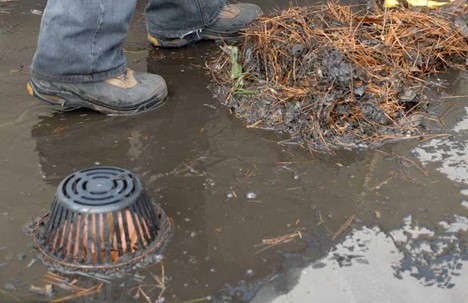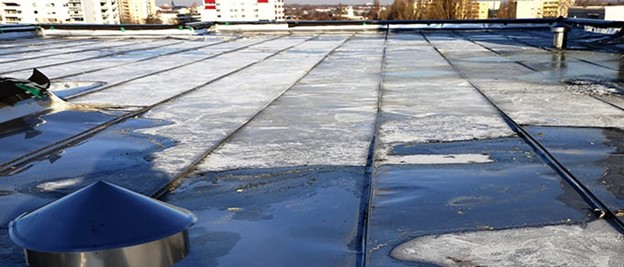Are you tired of dealing with costly and frequent roof repairs for your commercial building? Think about commercial roof coatings. This game-changing solution offers a long-lasting and reliable protective layer for your roof, saving you both time and money in the long run.
What is Commercial Roof Coating?
It’s a specially formulated material that is applied to the surface of your existing roof to provide an additional layer of protection. It is designed to seal cracks, prevent leaks, and extend the lifespan of your roof. These coatings are typically made from elastomeric materials, such as acrylic, silicone, or polyurethane, which offer exceptional durability and weather resistance.
Benefits of Commercial Roof Coating
Investing in commercial roof coatings comes with a variety of benefits, making it a wise choice for any commercial building owner. Here are some of the key advantages:
- Extended Roof Lifespan
One of the primary benefits of commercial roof coating is its ability to extend the lifespan of your roof. By providing an additional layer of protection, these coatings can help prevent damage caused by UV rays, extreme temperatures, and harsh weather conditions. With proper maintenance, a coated roof can last up to 20 years longer than an uncoated roof.
- Reduced Energy Costs
Commercial roof coatings are designed to reflect sunlight and reduce the amount of heat absorbed by your building. This can significantly improve the energy efficiency of your commercial space, leading to lower cooling costs during hot summer months. By minimizing heat transfer, these coatings can also help maintain a more comfortable working environment for your employees.
- Enhanced Waterproofing
Leaky roofs can cause extensive damage to your commercial building, leading to costly repairs and downtime. Commercial roof coatings act as a barrier against water infiltration, effectively sealing cracks and preventing leaks. This waterproofing characteristic not only protects your building’s interior but also helps maintain the structural integrity of your roof.
- Cost Savings on Repairs
Regular roof maintenance and repairs can quickly add up, putting a strain on your budget. With a commercial roof coating, you can minimize the need for frequent repairs and reduce maintenance costs. These coatings provide a protective shield that can help prevent damage from occurring in the first place, saving you both time and money in the long run.
Commercial Roof Coating vs. Roof Replacement
When considering options for your commercial roof, you may wonder whether a commercial roof coating is a viable alternative to a complete roof replacement. Here are some factors to consider when making this decision:
- Cost
In most cases, commercial roof coating is a more cost-effective option compared to a full roof replacement. Coating your existing roof eliminates the need for costly tear-off and disposal of the old roofing materials. Additionally, the energy savings and extended roof lifespan provided by the coating can result in long-term cost savings.
- Time and Disruption
Roof replacement involves extensive construction work, which can disrupt your business operations and cause inconvenience to tenants or employees. On the other hand, applying a commercial roof coating is a less invasive process that can be completed quickly, minimizing downtime and disruptions.
- Roof Condition
The condition of your existing roof plays a significant role in determining whether a roof coating is a suitable option. If the roof structure is severely damaged or nearing the end of its lifespan, a roof replacement may be necessary. However, if the roof is in relatively good condition, a commercial roof coating can provide the protection and longevity you need.
So for your consideration, commercial roof coating offers a cost-effective and sustainable solution to protect your commercial building from the elements and extend the lifespan of your existing roof. By choosing the right coating type, properly preparing the roof surface, and following the correct application procedures, you can ensure a well-protected and efficient roofing system.
Don’t let roofing problems drain your budget. Discover the potential of commercial roof coating today and give your building the long-lasting protection it deserves.




